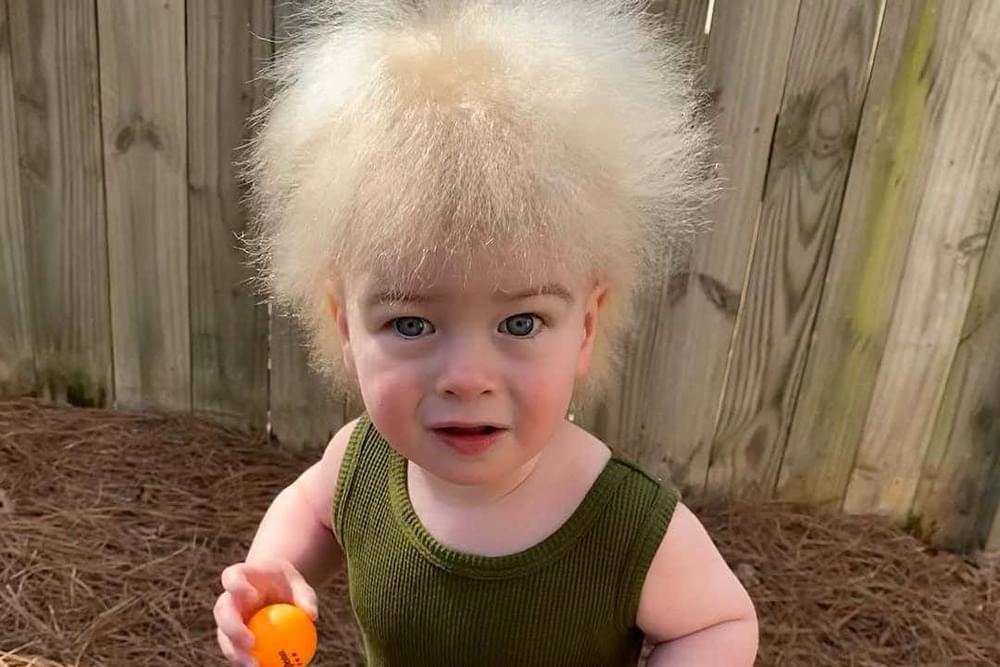Most common genetic causes of a rare condition called “uncombable hair syndrome” have been found.


Sign up for a Curiosity Stream subscription and also get a free Nebula subscription (the streaming platform built by creators) here: https://curiositystream.com/isaacarthur.
Space is deadly and our spaceships and stations are cramped and thin-protected environments, placing enormous stress on those who journey there. So how to we keep from going crazy while we explore strange new worlds?
Visit our Website: http://www.isaacarthur.net.
Support us on Patreon: https://www.patreon.com/IsaacArthur.
Support us on Subscribestar: https://www.subscribestar.com/isaac-arthur.
Facebook Group: https://www.facebook.com/groups/1583992725237264/
Reddit: https://www.reddit.com/r/IsaacArthur/
Twitter: https://twitter.com/Isaac_A_Arthur on Twitter and RT our future content.
SFIA Discord Server: https://discord.gg/53GAShE
Listen or Download the audio of this episode from Soundcloud: Episode’s Audio-only version: https://soundcloud.com/isaac-arthur-148927746/staying-sane-in-space.
Episode’s Narration-only version: https://soundcloud.com/isaac-arthur-148927746/staying-sane-i…ation-only.
Credits:
Staying Sane in Space.
Science & Futurism with Isaac Arthur.
Episode 358, September 1, 2022
Produced & Narrated by Isaac Arthur.
Written by:
Isaac Arthur.
Logan Smith.
Editors:

Conversational AI platform Jio Haptik has tied up with Microsoft Azure to improve its existing hindi language chatbots | Photo Credit: Getty Images.
He claimed that using the data from Haptik and cognitive models from Microsoft, the team could come up with a highly accurate solution for Hindi — not only written in Devanagari but also Hindi written in Roman script.

A team of University of British Columbia researchers working on developing oral insulin tablets as a replacement for daily insulin injections have made a game-changing discovery.
Researchers have discovered that insulin from the latest version of their oral tablets is absorbed by rats in the same way that injected insulin is.
“These exciting results show that we are on the right track in developing an insulin formulation that will no longer need to be injected before every meal, improving the quality of life, as well as mental health, of more than nine million Type 1 diabetics around the world.” says professor Dr. Anubhav Pratap-Singh (he/him), the principal investigator from the faculty of land and food systems.


Every year, more than 69 million people around the world suffer traumatic brain injury, which leaves many of them unable to communicate through speech, typing, or gestures. These people’s lives could dramatically improve if researchers developed a technology to decode language directly from noninvasive brain recordings. Today, we’re sharing research that takes a step toward this goal. We’ve developed an AI model that can decode speech from noninvasive recordings of brain activity.
From three seconds of brain activity, our results show that our model can decode the corresponding speech segments with up to 73 percent top-10 accuracy from a vocabulary of 793 words, i.e., a large portion of the words we typically use on a day-to-day basis.
Decoding speech from brain activity has been a long-standing goal of neuroscientists and clinicians, but most of the progress has relied on invasive brain-recording techniques, such as stereotactic electroencephalography and electrocorticography. These devices provide clearer signals than noninvasive methods but require neurosurgical interventions. While results from that work suggest that decoding speech from recordings of brain activity is feasible, decoding speech with noninvasive approaches would provide a safer, more scalable solution that could ultimately benefit many more people. This is very challenging, however, since noninvasive recordings are notoriously noisy and can greatly vary across recording sessions and individuals for a variety of reasons, including differences in each person’s brain and where the sensors are placed.
